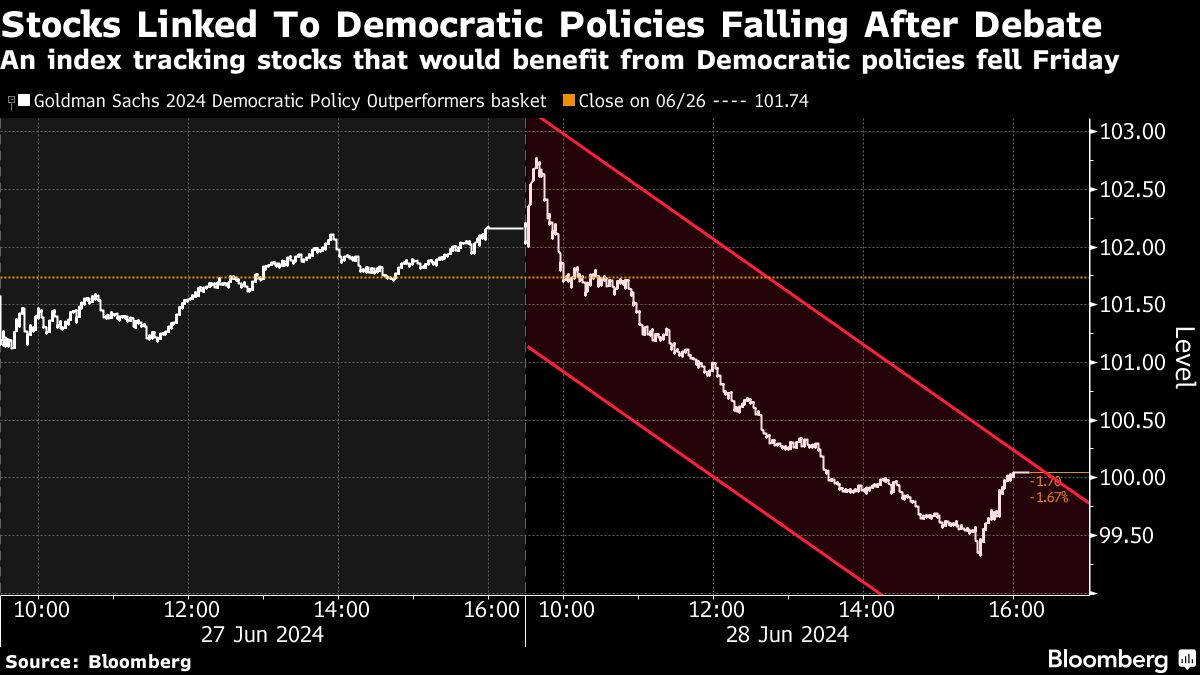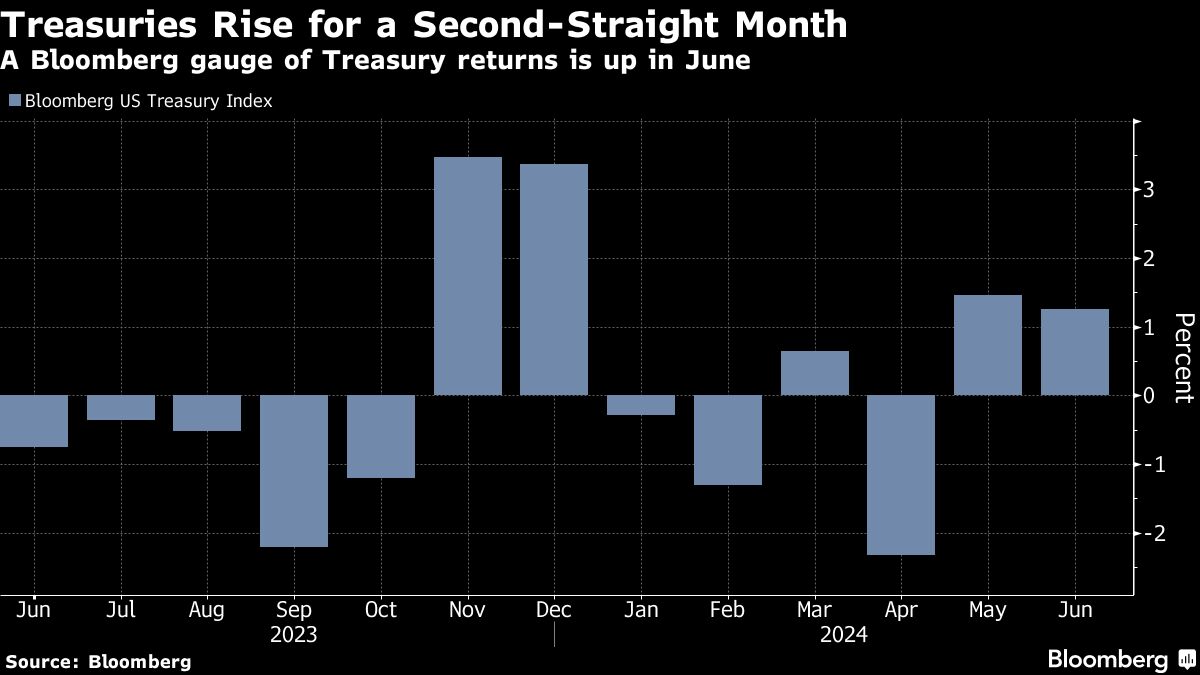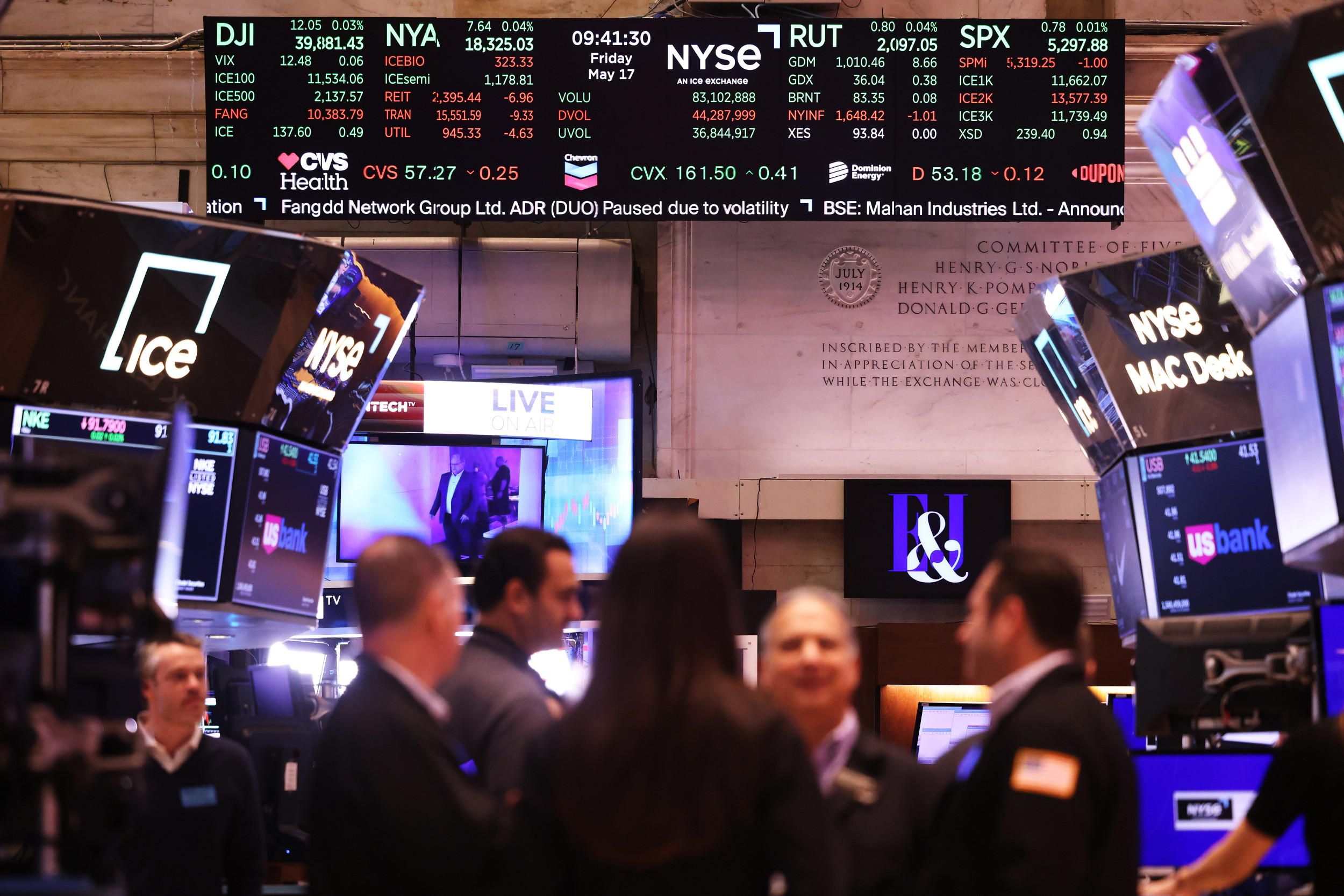
WHAT IS VALUE INVESTING?
Vault’s Viewpoint on Value Investing
- Value investing is a less risky investment approach that focuses on a stock’s fundamentals and valuation.
- While growth stocks may outperform value stocks during bullish cycles, value stocks can stand their ground during bearish cycles.
- Some value stocks still deliver impressive financial growth and can outperform trendy stocks in the long run.
How Value Investing Works
Value investing is similar to looking for products in the discount aisle. If you can buy a pair of $20 headphones for $15, you’ll probably feel like you got a good deal. You can compare the prices of similar headphones on Amazon, eBay and other e-commerce platforms to determine if you are getting a good deal.
Value investors have to arrive at a company’s intrinsic value before determining if the current market price offers a good opportunity. For a pair of Apple headphones, you can check the price on Apple’s website and see if you can find a better deal. However, it’s not as simple for stocks.
Value investors look at financial reports, valuation metrics, competitors and other data points to determine a stock’s fair value. A value investor will buy shares of a $100 stock if that investor believes the stock has a fair value of $150. The stock would have to gain 50% to reach its fair market value.
Value is in the eye of the beholder. Two stock analysts can look at the same information and have substantially different opinions. One analyst may tout the stock as an undervalued gem, while another analyst may believe that the stock is due for a crash. Value investors have to decipher many data points and draw their own conclusions.
Why Stocks Become Undervalued
Stocks become undervalued for several reasons. A single factor listed below can make a stock more attractive to value investors. However, it’s possible for multiple factors to act upon the same stock.
Stock Market Correction
Stock market corrections are defined as a major index losing at least 10% of its value from the peak. Bear markets take shape when an index is down by 20%, and a crash occurs if an index is down by 50%. Some indices can be in corrections while others continue to grow, and the same idea holds true for stocks.
Some stocks will get hit harder by corrections than others, which can present a buying opportunity. Stock market corrections impact market values but do not impact a corporation’s intrinsic value.
Bad News
Bad headlines can drag down a stock. News articles may come out that explain a corporation’s recent shortcomings and cause investors to rush for the exits. While some news can indicate a corporation is in trouble, other news items can get overblown.
For instance, Alphabet had a tough start to 2024 after some Gemini mishaps. Investors worried that Alphabet would fall behind in the AI race. All of a sudden, the company’s advertising and cloud computing revenue didn’t matter to investors. The stock’s price movements relied on AI news during that stretch.
Value investors accumulated Alphabet stock at a bargain as negative headlines dominated the news. However, Alphabet stock quickly recovered its losses after posting a solid earnings report. Once more investors focused on the fundamentals, Alphabet stock reached a new all-time high.
A Stock Stays Under the Radar
Nvidia isn’t an under-the-radar stock. It’s been the poster child for the AI rally and has generated incredible returns for investors. While some investors may still see plenty of upside in Nvidia, the stock is no longer a secret. It hasn’t been that way for years.
Some value investors look for hidden gems that the market hasn’t noticed. These stocks typically have smaller market caps and solid financials. It’s possible to find under-the-radar stocks by reviewing the holdings of the Russell 2000. While that index has underperformed the S&P 500, it has a few stocks that have crushed the market.
When more investors notice under-the-radar stocks and rally behind them, the momentum can be a massive boon for early investors. Celsius Holdings and Elf Beauty are notable examples that remained under the radar for several years. Both of these stocks have attracted plenty of investors and are each up by well over 1,000% over the past five years.
Losses Overextend
Stocks go through sharp price movements during earnings results. Some stocks can spring up higher after a good report, while others tumble after falling short of expectations.
Value investors view dips and fear as long-term buying opportunities. Attractive buy points can emerge if the market overreacts to a bad earnings report. A value investor may believe that a stock deserves to drop by 10% after a bad report. If the stock falls by 20% instead of 10%, a value investor may buy shares and wait for the corporation to recover.
Common Valuation Metrics
Value investors look at several metrics to determine if a corporation offers a good buying opportunity. These are some of the metrics:
- Price-to-earnings ratio (P/E): This ratio uses a stock’s price and EPS to arrive at a valuation.
- Price-to-book ratio (P/B): This ratio uses a stock’s price and its book value per share to determine a valuation.
- Free cash flow: This metric reveals how much operating cash flow a company has after accounting for capital expenditures.
Lower P/E and P/B ratios are more favorable, while it’s preferred that a company has high free cash flow. Investors have to assess a corporation’s metrics and compare metrics to its competitors.
A 50 P/E ratio does not tell whether a stock is overvalued or undervalued. It only tells part of the story. Additional context, such as financials and the valuations of similar corporations, can help value investors determine if a stock presents a good buying opportunity.
The Pros and Cons of Value Investing
Value investing has several advantages and disadvantages to keep in mind. These are the key details to consider before you get started.
Pros:
- Minimize your risk by seeking stocks with good margins of safety
- The potential to outperform the stock market
- Many value stocks have dividends
Cons:
- Value stocks may underperform during bullish economic cycles
- It can take multiple years before some value stocks generate meaningful returns
- Value investors can miss out on momentum stocks
Common Value Investing Mistakes To Avoid
Value investing can lead to higher returns, but making some of these common mistakes can minimize your gains.
Not Buying and Holding for the Long Run
Buying value stocks requires a multi-year time horizon. This investing approach is not suitable for investors who rush to sell shares upon bad news or want to profit from short-term price fluctuations. Warren Buffett is one of the most well-known value investors, and he believes in picking stocks that you wouldn’t have a problem holding onto for at least a decade.
Following the Herd
Value investors zig when others zag. Following the rest of the market and chasing momentum stocks can lead to gains, but it’s not the path of the value investor.
While following the herd can lead to short-term gains, it can lead to plenty of downside if you don’t know much about the stocks you are buying. Value investors don’t get caught up in the noise and focus on stocks that present a good margin of safety.
Not Diversifying
Even if you believe you have found a generational stock, you should still spread your capital across several stocks. Diversifying your portfolio reduces risk and minimizes your downside if one corporation reports bad earnings. Investors can buy individual value stocks and accumulate shares in an ETF to diversify their portfolios.
Not Conducting Due Diligence
The best value investors look at numerous data points before deciding if a stock offers an attractive opportunity. You should review a company’s quarterly results, valuation metrics, competitors and other insights before buying shares.
You will develop a style that works for your portfolio as you analyze more stocks. However, it’s important to do your research before buying a stock, especially for hidden gems. Corporations that are relatively hidden have less news coverage, which means you’ll have to draw your own conclusions without any help.
Letting Emotions Get the Best of You
Remember that stock you thought was the next big thing? It’s now down by 10% in two days after some bad PR and a lukewarm earnings report. Those catalysts can be enough to sell, but the negative press can present a buying opportunity.
Investors have to assess a company’s intrinsic value and ask themselves if anything has changed about the long-term prospects. If a corporation’s multi-year goals look intact, you shouldn’t let short-term price declines impact your decisions.
It’s normal for stocks to enter corrections and lose value along the way. These drops can become more pronounced as more people pay attention to the stock.
Frequently Asked Questions
Does Value Investing Still Work?
Value investing can still lead to high portfolio returns that outperform the S&P 500. Investors have to conduct their research and pinpoint stocks that offer reasonable margins of safety.
How Risky Is Value Investing?
Value investing is less risky than other types of investing, but it still carries some risk. Value investors may underestimate a stock’s shortcomings and end up with considerable losses. Investing in the stock market can lead to significant returns, but the possibility of an upside comes with risk.
Is Value Investing Safer Than Growth Investing?
Value investing is typically safer than growth investing. Value investors tend to pick stocks with good margins of safety. Growth investors can end up with corporations with lofty valuations and high expectations. Value investors usually have less to lose than growth investors if their picks report unfavorable earnings.
The post What Is Value Investing? first appeared on Newsweek Vault.
2024-06-27T19:24:02Z dg43tfdfdgfd











